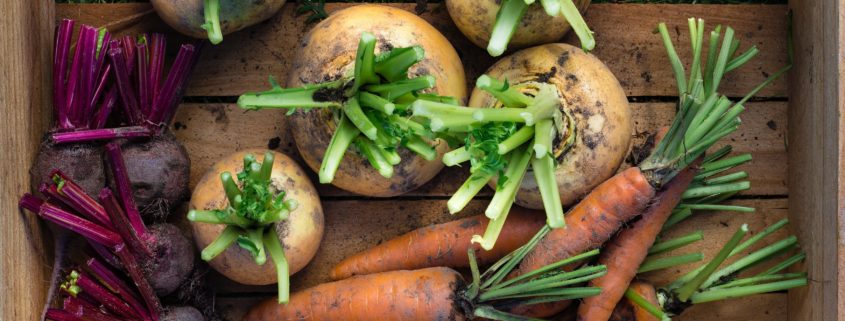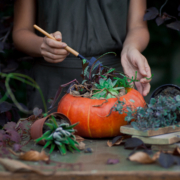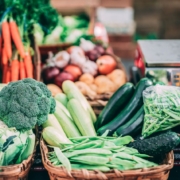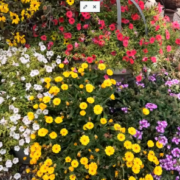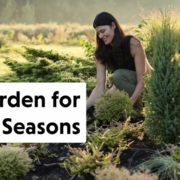Don’t Stop Believing – Your Garden Reinvented!
So you just finished harvesting all of your crops, you have tomatoes in every drawer in your kitchen and your garden is cut back. What now?
With enough time left before the first frost, you can still get another crop in the ground.
Whether you are a planner or a fly by the seat of your pants kind of gardener, succession planting is something to try.
What is Succession Planting?
Succession planting is a way of planting that maximizes your harvest. You plant one vegetable right as another finishes. There are a few ways to do this:
- Harvest Crop – Using the same plot for another set of vegetables after harvest. When a crop is finished, plant another, with a shorter maturity date, in its place. Leafy greens, followed by potatoes, are a great example of harvesting and replanting.
- Companion Crop – Plant two or more crops with varying maturity dates around each other. After the first crop is harvested, your garden will continue flourishing. Radishes next to cucumbers are great companions. Radishes will be harvested before the cucumbers start to produce too much shade.
- Staggered Crop – Plant the same crop every few weeks in order to not be bombarded by the entire crop at once. Tomatoes and peas are crops you’d want in small batches through the whole season.
- Same Crop – Plant the same crop with different maturity dates. Seed packets will display the days to maturity on the packets. Broccoli is an example crop with various maturity dates.
Now you know what succession planting is, here are a few steps to send you in the right direction.
5 Tips for Succession Planting
- Plan Accordingly – Growing based on maturity can be a little tricky if you aren’t planning for your region. Make sure to check the seed packet or plant tag to find out how long the plant will take to mature and what temperature it will grow best in. Make sure you have enough seeds to keep you going through the season.
- Plant Transplants – Speed up the growing process by starting seeds This will allow you to harvest and quickly plant to keep your garden at optimum level all the way up to those winter months. Or, purchase plants as seedlings from your local garden center.
- Feed Regularly – Add Espoma’s Garden Tone to the soil between plantings to keep the soil rich and crops thriving.
- Don’t Hesitate – As you see plants starting to reduce or cease harvest, don’t hesitate to pull them to make room for a new crop.
- Rotate Crops – Try not to plant the same vegetable in the same spot year after year. This causes the soil to lose essential nutrients and increases the likelihood for diseases to develop. Rotate crops every three years.
Succession planting can ensure your garden is in working production all season long. Learn what veggies it’s not too late to plant.

